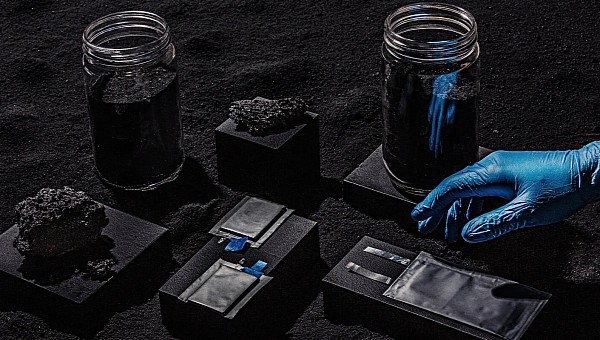Three Cutting Edge Companies Get $250 Million From U.S. for Silicon Battery Advancements

Referred to as ‘cost sharing’ grants, companies are required to allocate resources to the goal of any given project equal to the sum of the granted money.
Group 14 Technologies of Woodinville, Washington, is one of two companies that will receive $100 million. Group 14 incorporates silicon-carbon technology to replace graphite in lithium-ion batteries in an effort to reduce costs and environmental impact. The company has stated it intends to use the grant money to create two commercial manufacturing modules with the capacity to produce enough battery material for 100,000 electric vehicles per year. In addition, Group 14 will build a manufacturing facility in nearby Moses Lake, Washington, creating up to 500 jobs.
This last May, Group 14 secured funding from Porsche AG to the tune of $400 million to accelerate the production of lithium-silicon battery materials. Cellforce Group, a subsidiary of the German automaker, is said to be a customer of Group 14, according to Automotive news.
The other beneficiary of a tranche of $100 million in federal funds is Sila Nanotechnologies. The company will use the funds to build a new facility also in Moses Lake to produce a proprietary lithium-ion anode material. The company aims to be in production in 2024 with the capacity to produce enough battery material for 200,000 electric vehicles annually.
Mercedes-Benz, whose parent company Daimler owns a minority stake in Sila, will be the launch customer for Sila’s anode materials, using it to power its 2025 G-Series automobiles.
Amprius of Fremont, California, which touts the U.S. Army and Airbus as current customers, will be the recipient of $50 million in federal funds and will use it to show how battery manufacturing can be scaled for its ultra-high energy density batteries initially developed at Stanford University.



